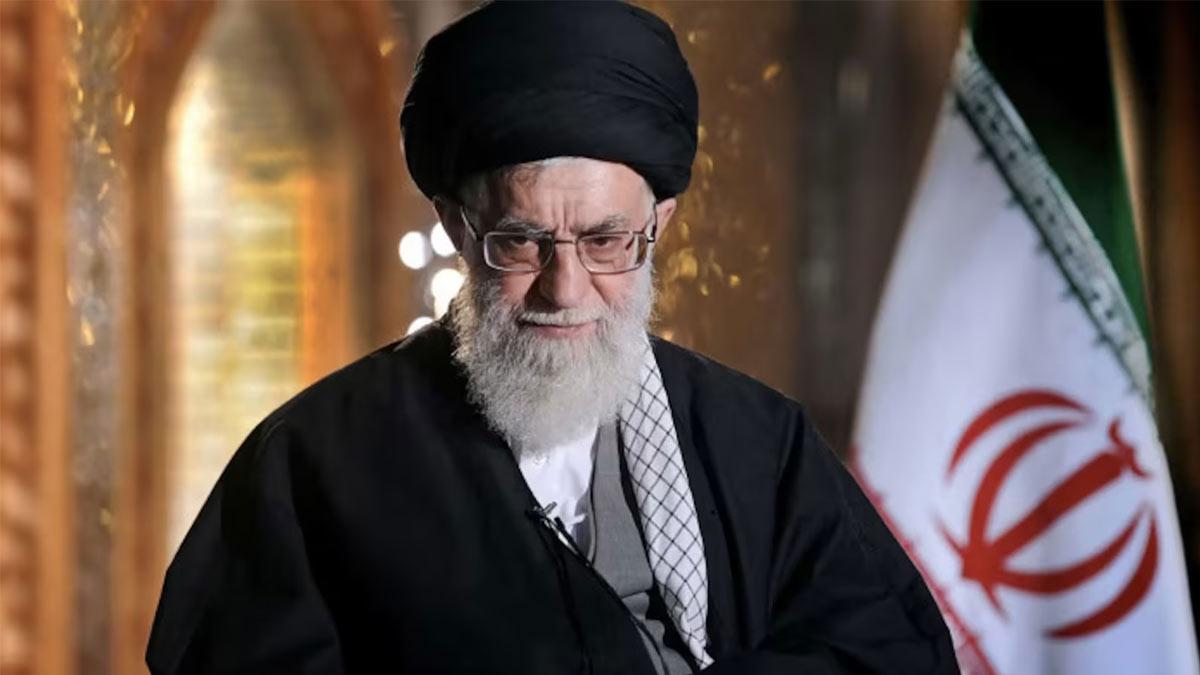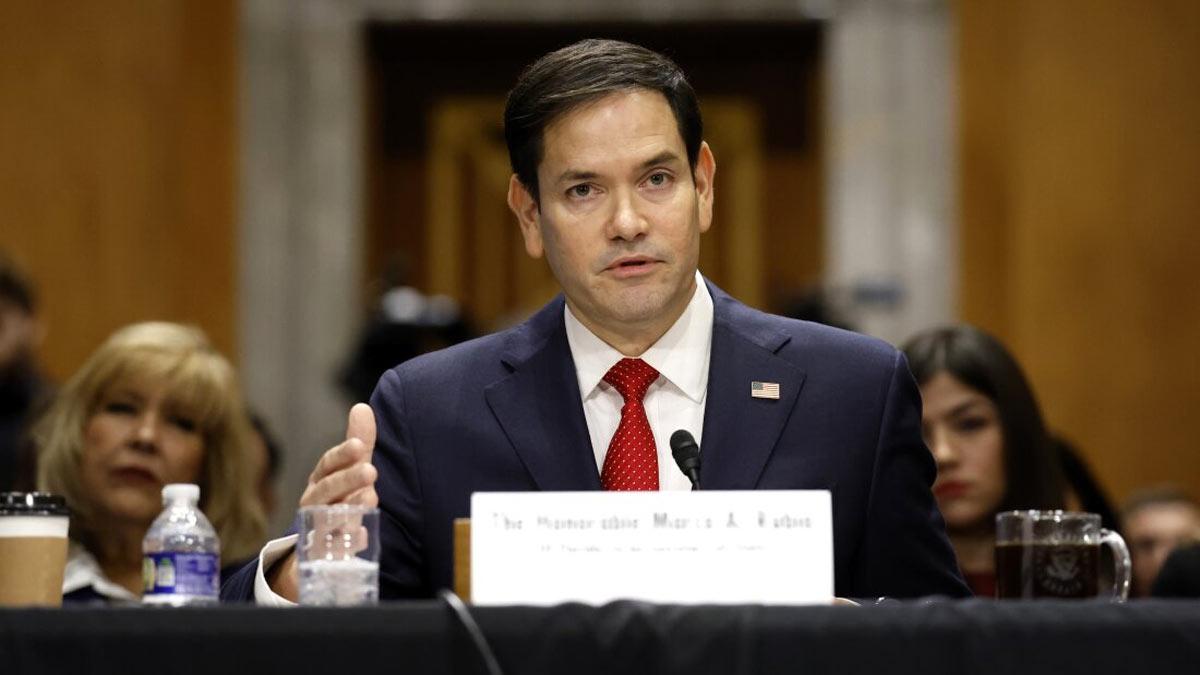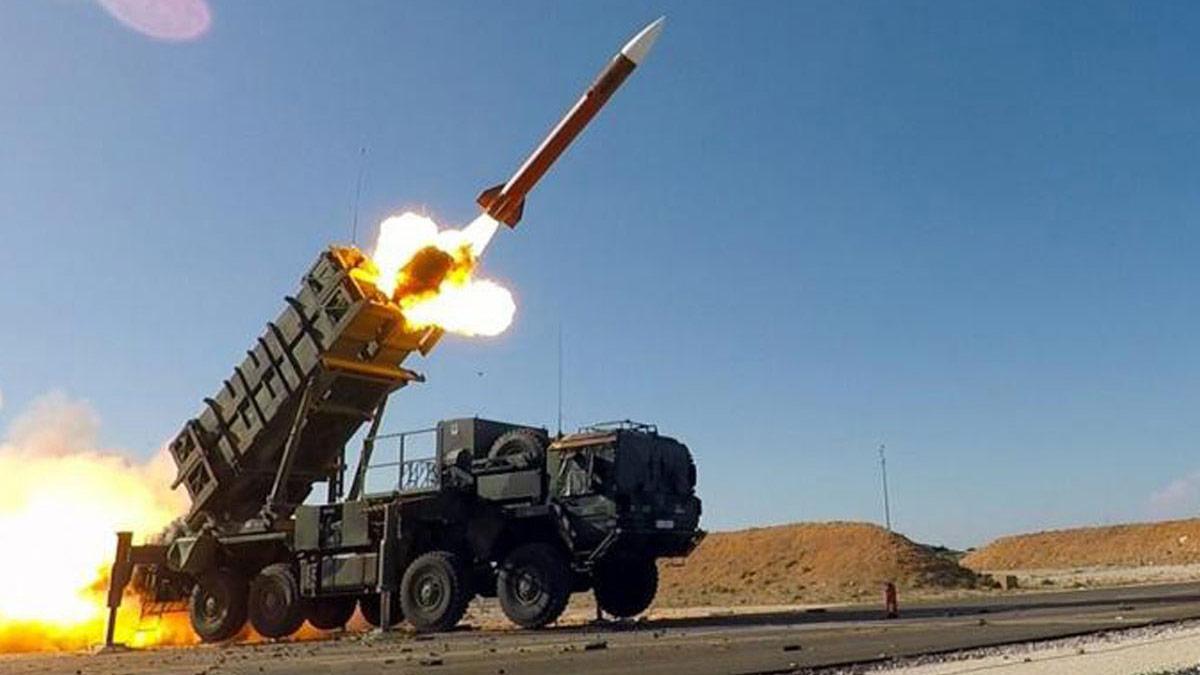During a Pentagon news conference on Thursday, US Defence Secretary Pete Hegseth and Joint Chiefs of Staff Chairman Gen. Dan Caine provided a step-by-step description of the planning and conduct of the latest American strikes against Iranian nuclear sites.
Gen. Caine showed test video of the bunker-busting bombs employed on the mission. A U.S. official, in an interview with CNN, explained that a total of 12 of such bombs were used in the attacks.
Refuting criticism from a secret Defense Intelligence Agency (DIA) report, claiming that the bombings caused damage but not the total collapse of Iran's nuclear activities—delaying it by a matter of a few months—the two leaders strongly refuted.
To describe the mission in graphic terms, Hegseth said that the strike was "decimating – use your word – obliterating, destroying." He branded the DIA estimate as "low confidence" and quoted "gaps in the information."
Video clips presented during the briefing depicted the bombing sequences at the designated nuclear facilities. Contrary to traditional bombs, bunker-buster bombs are designed to penetrate heavily underground before exploding, and therefore surface-level destruction is largely hidden from view.
A bomb has three actions that produce damage: blast, fragmentation and overpressure. And in this case, the mission space's primary kill mechanisms were a combination of overpressure and blast," Gen. Caine said.
Hegseth also condemned media reporting, claiming that some of the media were too keen on querying the efficacy of the operation. "Looking for scandals, you miss historic moments like recruitment at the Pentagon, historic levels in the Army, the Air Force and the Navy," he stated. He went on further to comment that the media don't want to be praising President Trump's actions.
Although Gen. Caine avoided making political remarks, he honored the long work that contributed to the success of the mission. He praised two Defense Threat Reduction Agency officers who spent 15 years studying the hidden Fordow nuclear bunker, engineers who designed the 30,000-pound bombs used in the raid, B-2 aircrews who made the 37-hour flight, and the troops who protected U.S. bases against expected reprisal.
He made it clear that all six of the bombs dropped during the Fordow assault "went exactly where they were intended to go," adding that craters would not be visible. The bombs targeted air ventilation shafts that Iran had tried to seal with concrete prior to the assault.
Caine laid out the strike sequence: The first bomb ruptured the shaft, followed by four more that entered "at greater than 1,000 feet per second." There was a final, sixth bomb as a backup "flex weapon" in case any of the previous bombs did not work.
But the officials were tight-lipped regarding other facilities that were attacked. Natanz received only two bunker-buster bombs, and Isfahan received one missile fired from a Navy submarine. Asked about the fate of the 880 pounds of uranium that are said to have been kept in tunnels beneath the ground at Isfahan, Hegseth said, "We're looking at all aspects of intelligence and making sure we have a sense of what was where."
Donald Trump, the president, also posted about the situation on Truth Social, where he stated, "The vehicles and small trucks at the location were those of concrete workers attempting to cover up the top of the shafts. Nothing was removed from facility. Would take too long, too dangerous, and very heavy and hard to move."
Read also| Report: U.S. Strikes on Iran Left Nuclear Sites Intact


















